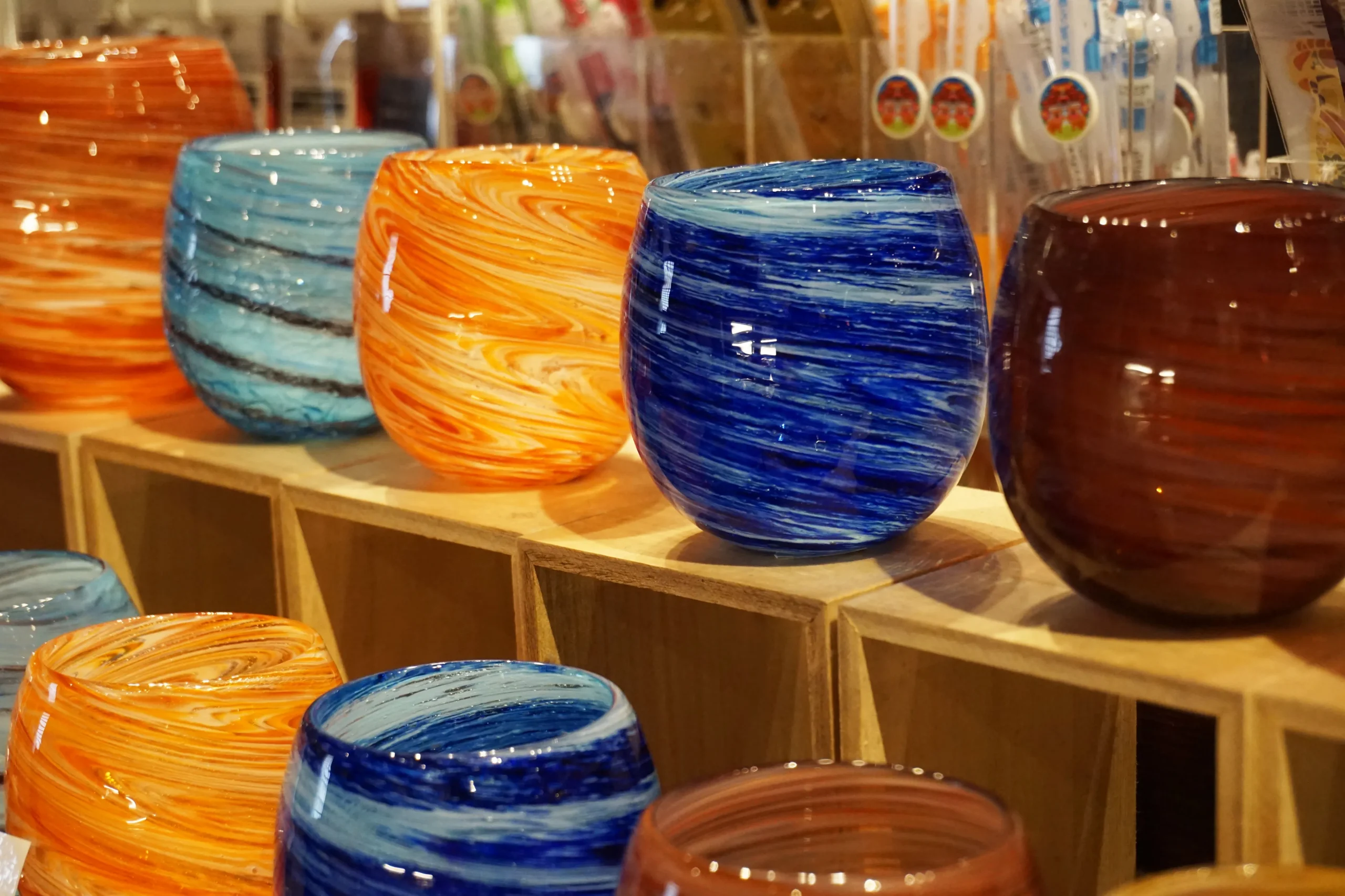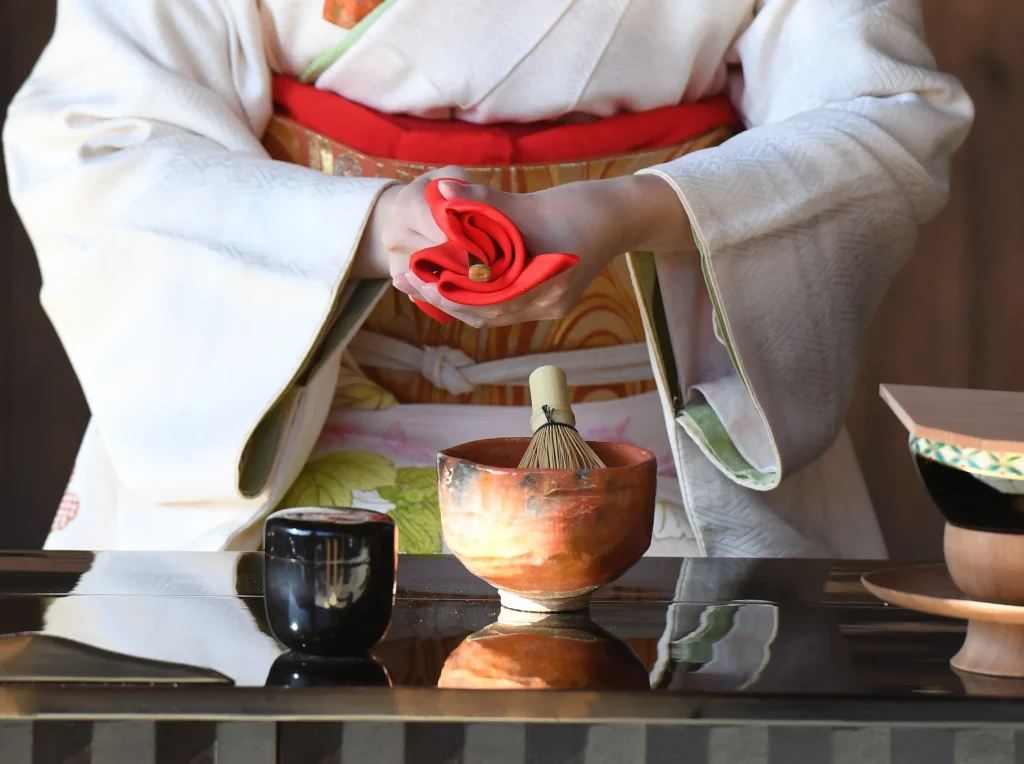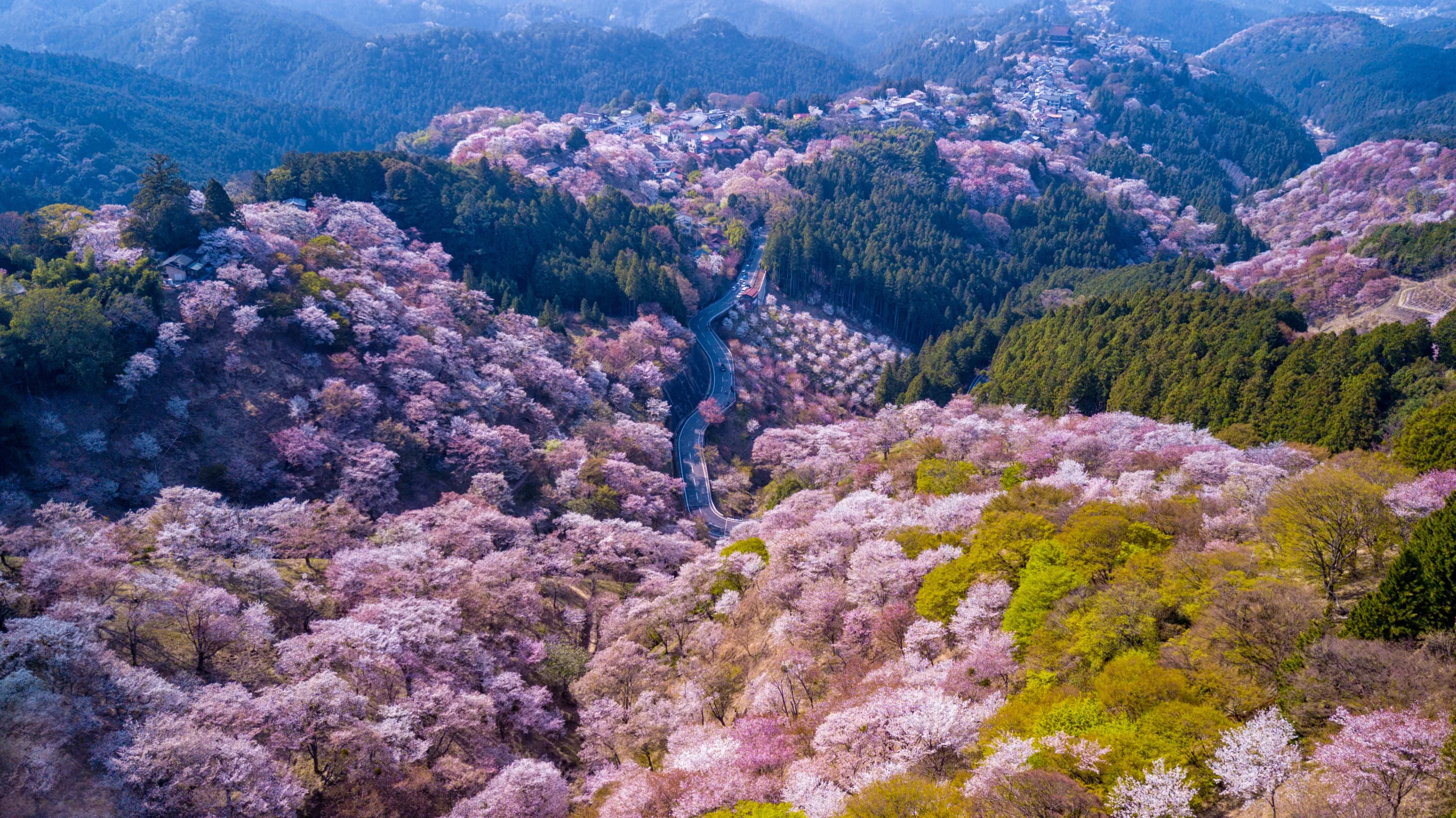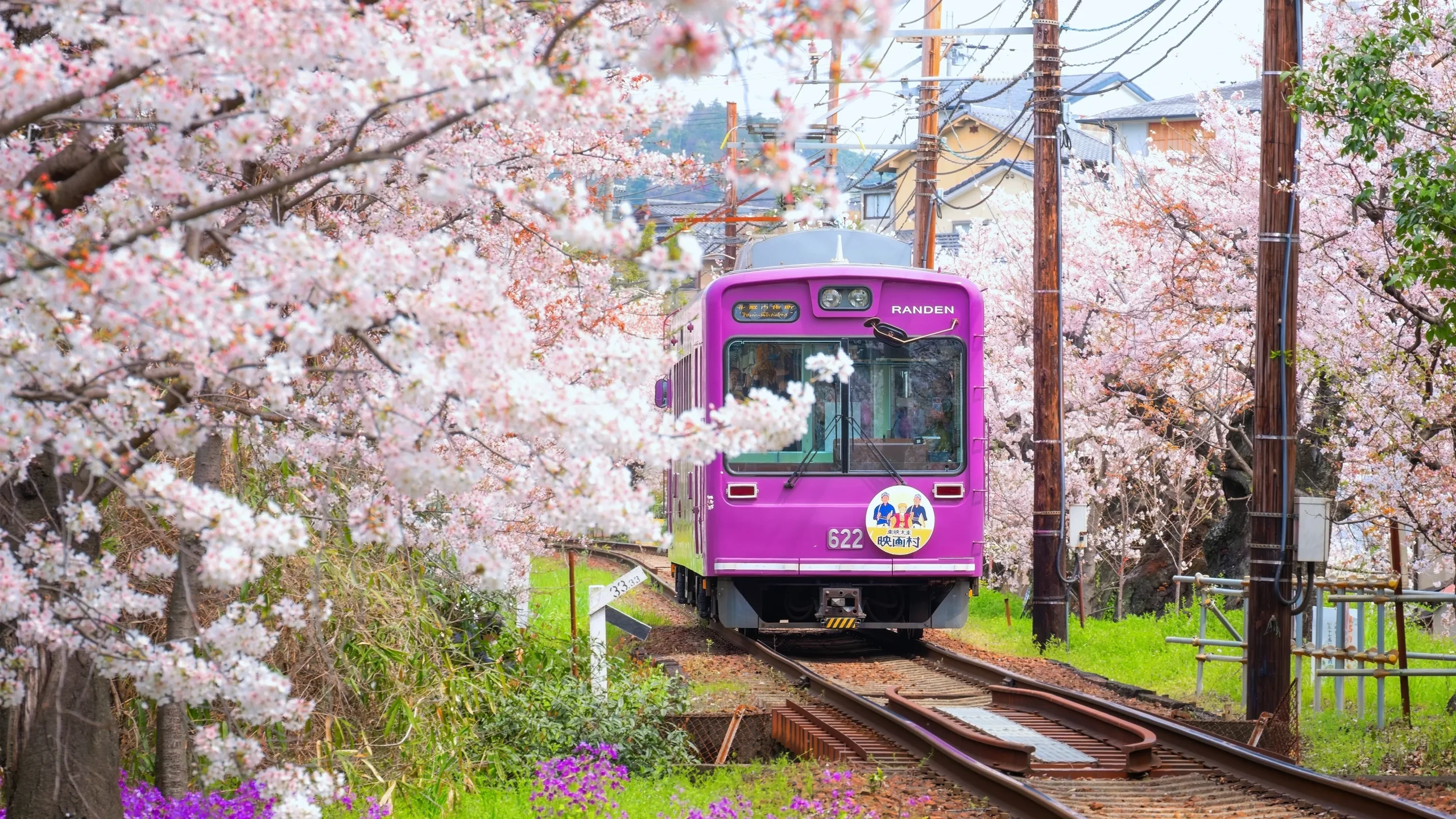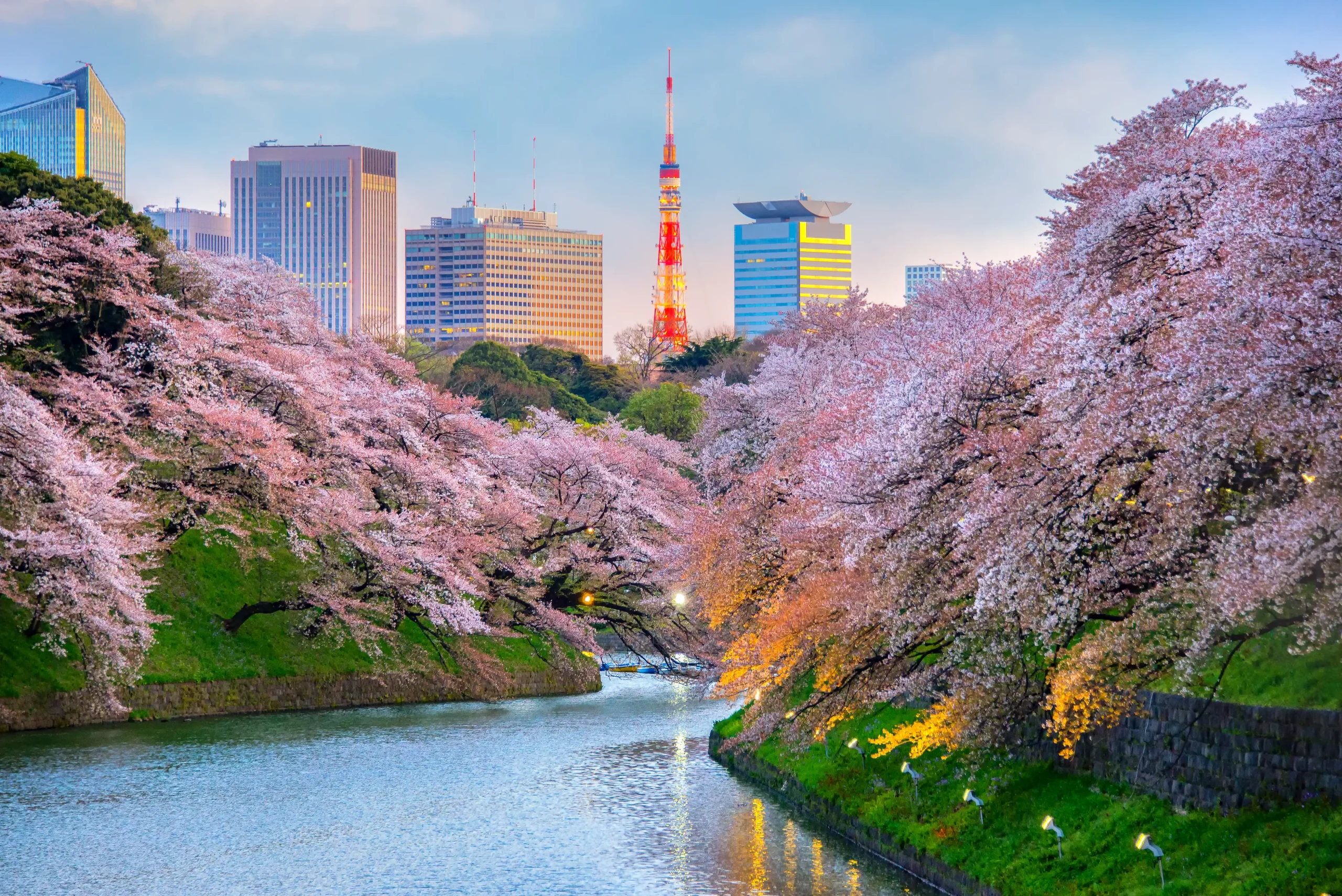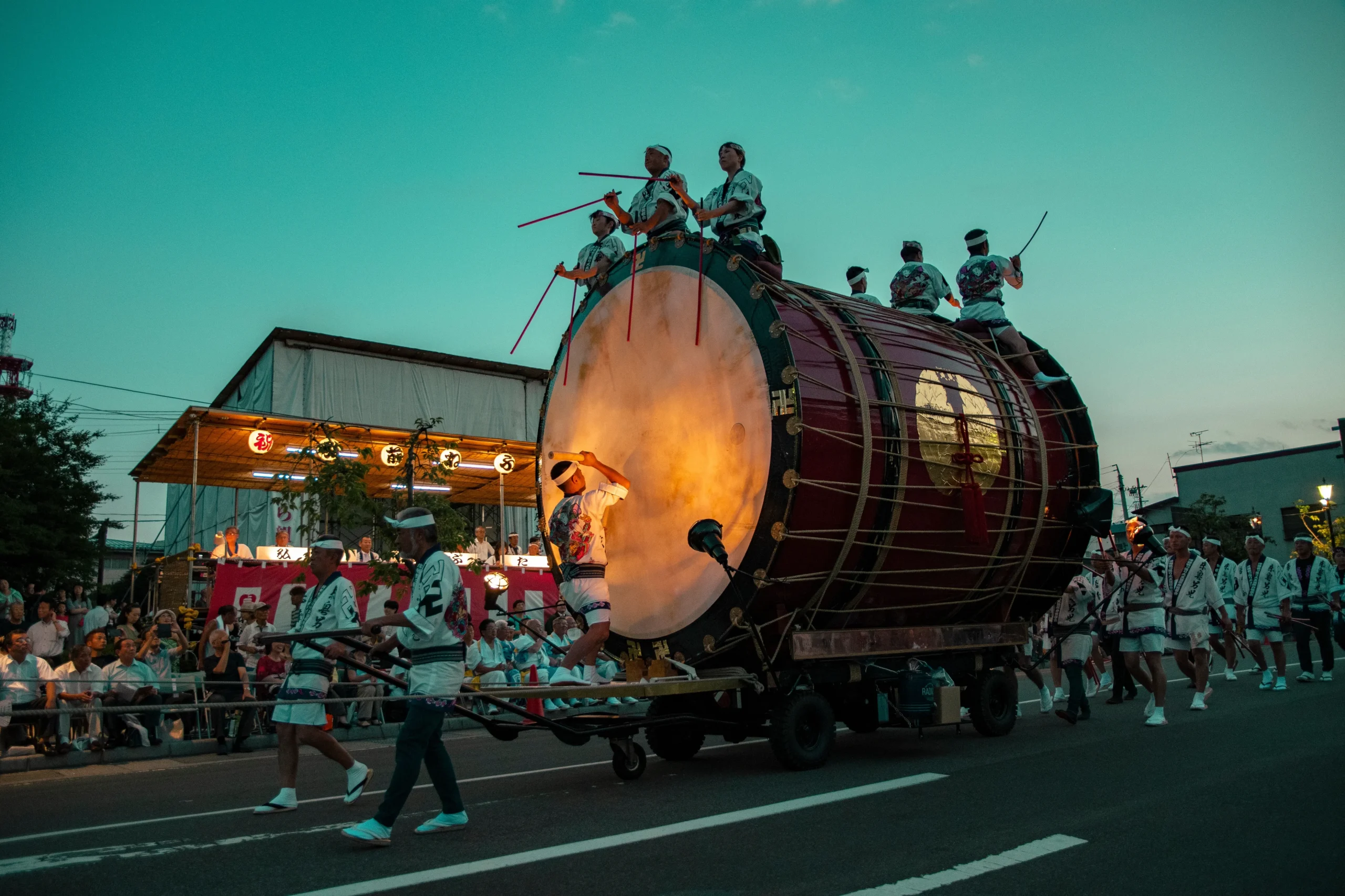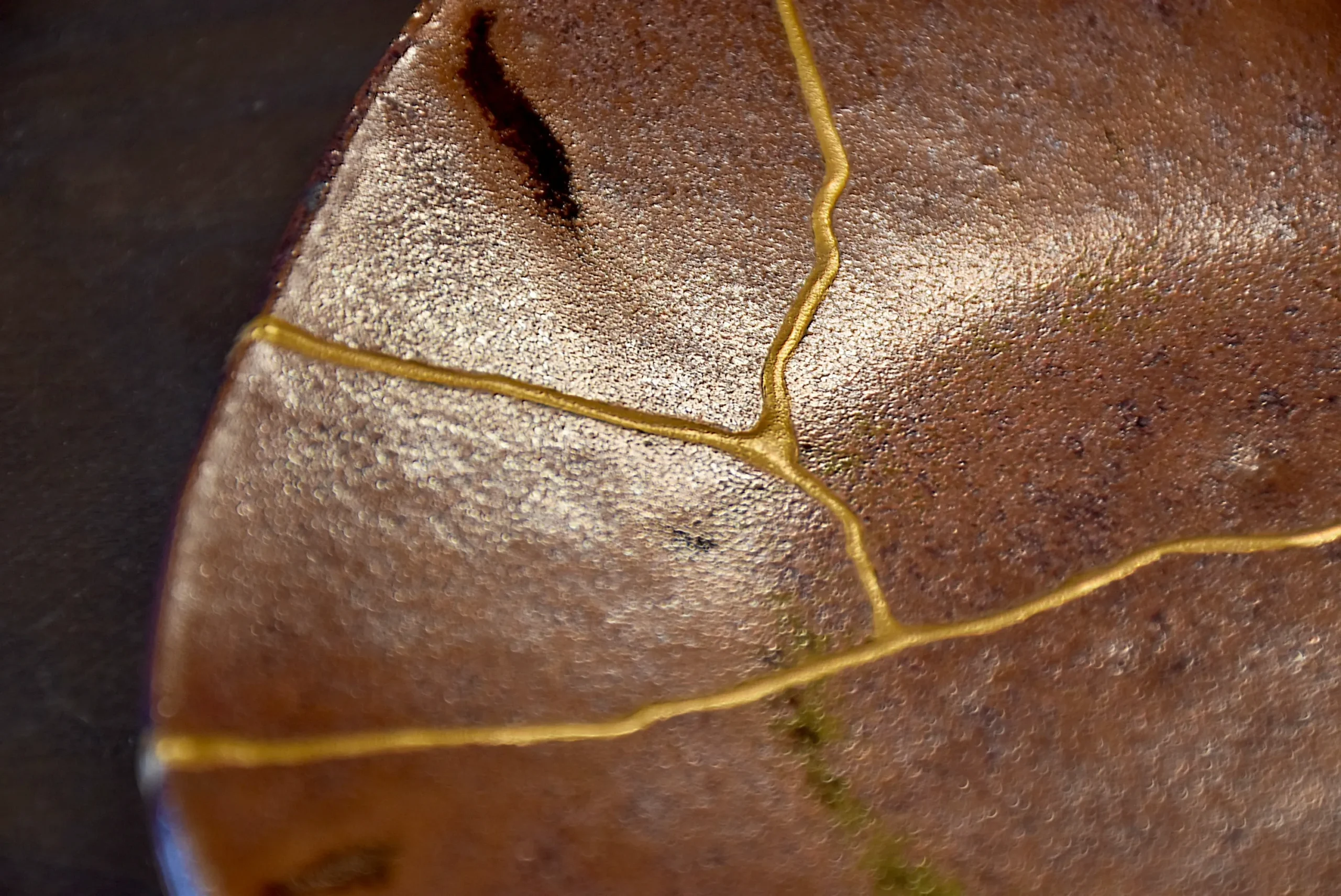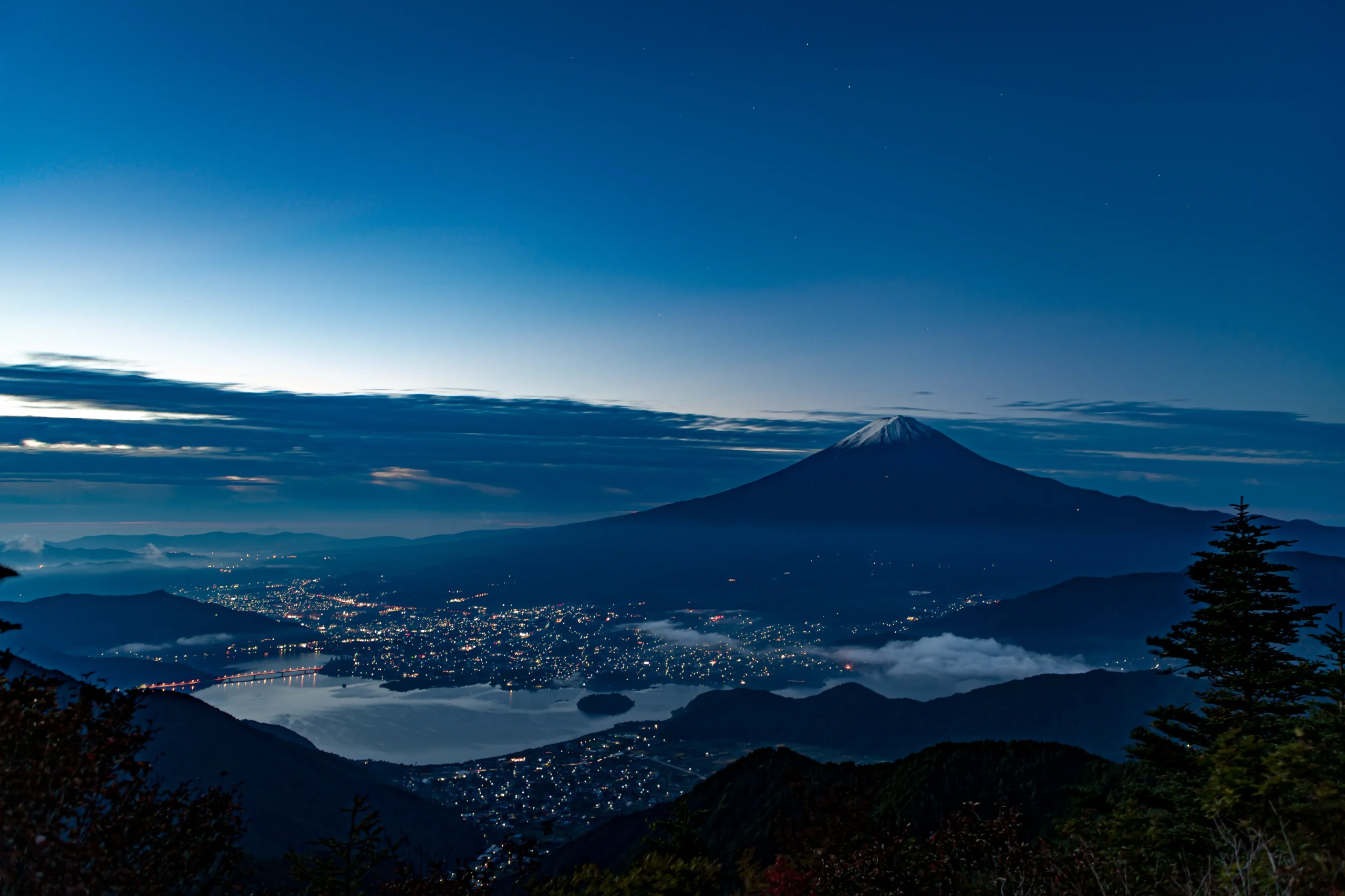Japan, despite being a small island nation, is a country where rich nature, historical architecture, and clean, well-organized cityscapes exist in harmony. Japanese culture has been passed down through generations over centuries, evolving into a unique form. This article introduces five aspects of Japan’s traditional culture. By exploring these traditions nurtured through history, you may gain a deeper understanding of Japan’s unique values and aesthetics.
1.Clothing and Crafts in Japan
Kimono
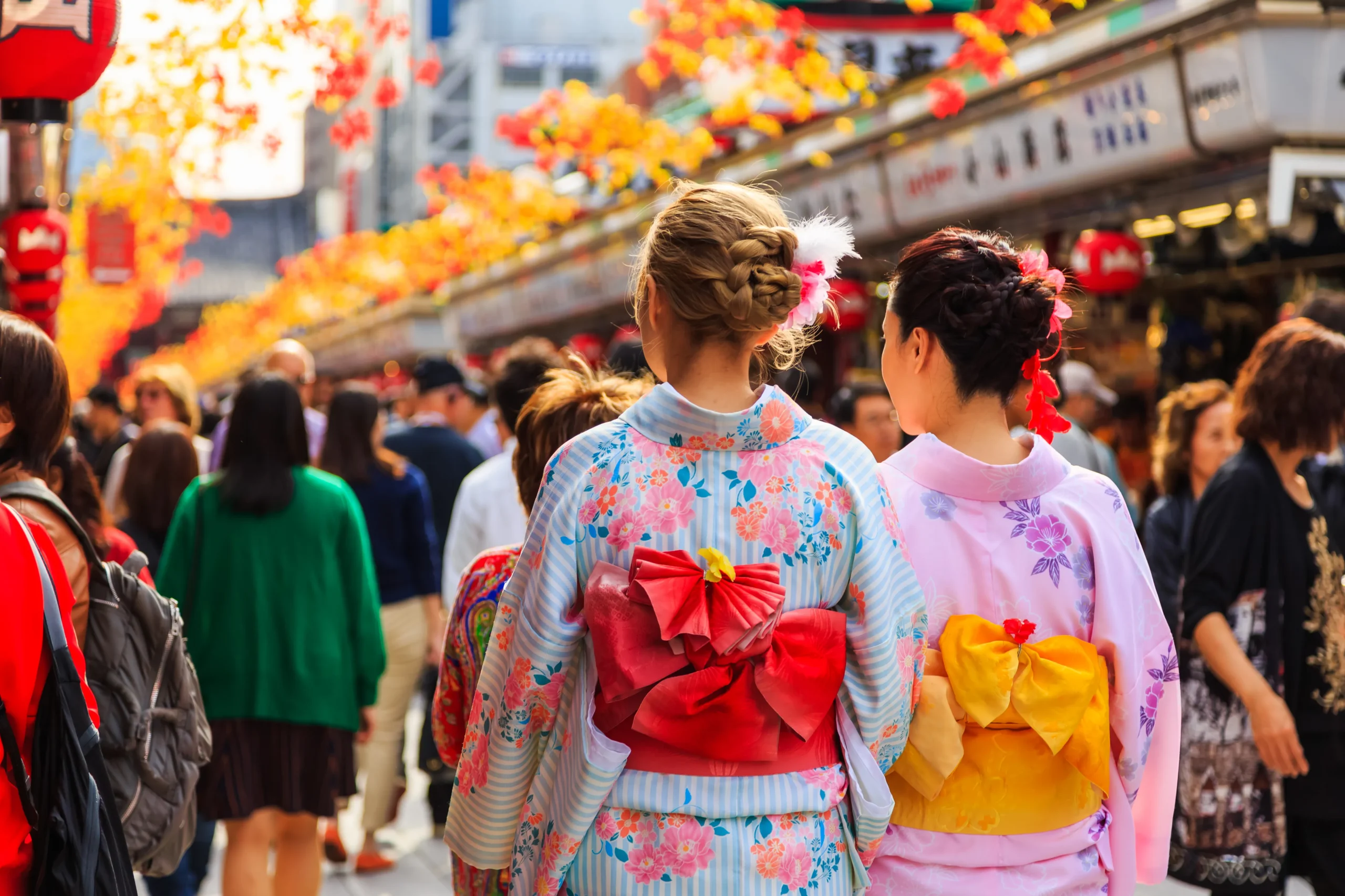
The kimono, Japan’s most iconic traditional garment, has its roots in the Heian period (794–1185). Though centuries old, it remains a vibrant part of modern Japanese life, worn during celebrations, festivals, and key life events.
Each style of kimono carries its own meaning and occasion. At weddings and formal ceremonies, women may wear Tomesode (for married women) or Furisode (with long, flowing sleeves, worn by young unmarried women). During summer festivals, you’ll often see people in Yukata—lightweight cotton kimonos that are easy to wear and perfect for warm weather. For more casual outings, Komon (featuring small repeating patterns) or wool kimono offer both comfort and style.
One of the most unique aspects of kimono culture is how every element—from fabric and color to sleeve length and seasonal motif—is chosen to suit the occasion. Wearing a kimono is not just about clothing—it’s about expressing harmony with time, place, and tradition. Whether you’re dressing for a summer evening or a formal celebration, the experience invites you to step into a living art form and embody a piece of Japan’s cultural soul.
Experience Kimono in Japan
In popular sightseeing areas like Asakusa and Kyoto, it’s easy to rent a kimono or yukata for the day. Many rental shops offer complete packages that include hair styling, allowing you to fully immerse yourself in the aesthetic before strolling through scenic neighborhoods like Arashiyama or paying a visit to Sensō-ji Temple. It’s a fun and elegant way to create unforgettable memories and take stunning photos along the way.
If you’re looking to go beyond simply wearing a kimono, consider visiting a traditional workshop. Here, you can observe master artisans at work, witnessing firsthand the intricate techniques of weaving, dyeing, and embroidery. These behind-the-scenes encounters offer rare insight into the craftsmanship that brings each kimono to life—revealing a cultural depth that’s easy to overlook.
Glass Craft
Japanese glassmaking is a tradition shaped by region, each area developing its own techniques and style. Among them, cut glass, or kiriko, is especially admired for the craftsmanship it requires and the refined beauty it produces—making it a popular choice for souvenirs.
- Edo Kiriko, originally from Tokyo, features precise cuts that form geometric patterns. These intricate designs reflect and scatter light, creating a dazzling, almost kaleidoscopic effect.
- Satsuma Kiriko, developed in southern Japan, is known for its dramatic color gradations created by layering thick colored glass over clear glass and cutting into it.
- Tenma Kiriko blends traditional cutting with modern aesthetics, often incorporating contemporary forms and playful designs.
In contrast to cut glass, blown glass (bidoro) highlights softness and warmth:
- Hizen Bidoro maintains the flowing, organic shapes of early Japanese glassmaking. Each piece has a slightly uneven, handmade feel.
- Ryukyu Glass, born in Okinawa, is known for its bold tropical hues and playful textures. Often made from recycled bottles, these pieces contain air bubbles and color streaks that celebrate imperfection and spontaneity.
From the elegance of kiriko to the charm of bidoro, Japanese glassware captures the spirit of place, tradition, and artistic dedication—all in the palm of your hand.
Read More: Edo Kiriko: Japan’s Exquisite Glass Art
Experience Glass Craft in Japan
Across Japan, there are many places to experience glassmaking, but one of the most popular is kiriko—the art of traditional cut glass. In Tokyo’s Kōtō and Sumida wards, the heart of Edo Kiriko production, you can join a hands-on workshop and learn how to engrave delicate patterns into glassware under expert guidance.
These sessions not only let you experience the precision and artistry behind this craft, but also offer the chance to purchase authentic Edo Kiriko pieces—a beautiful and meaningful souvenir to take home.
Washi
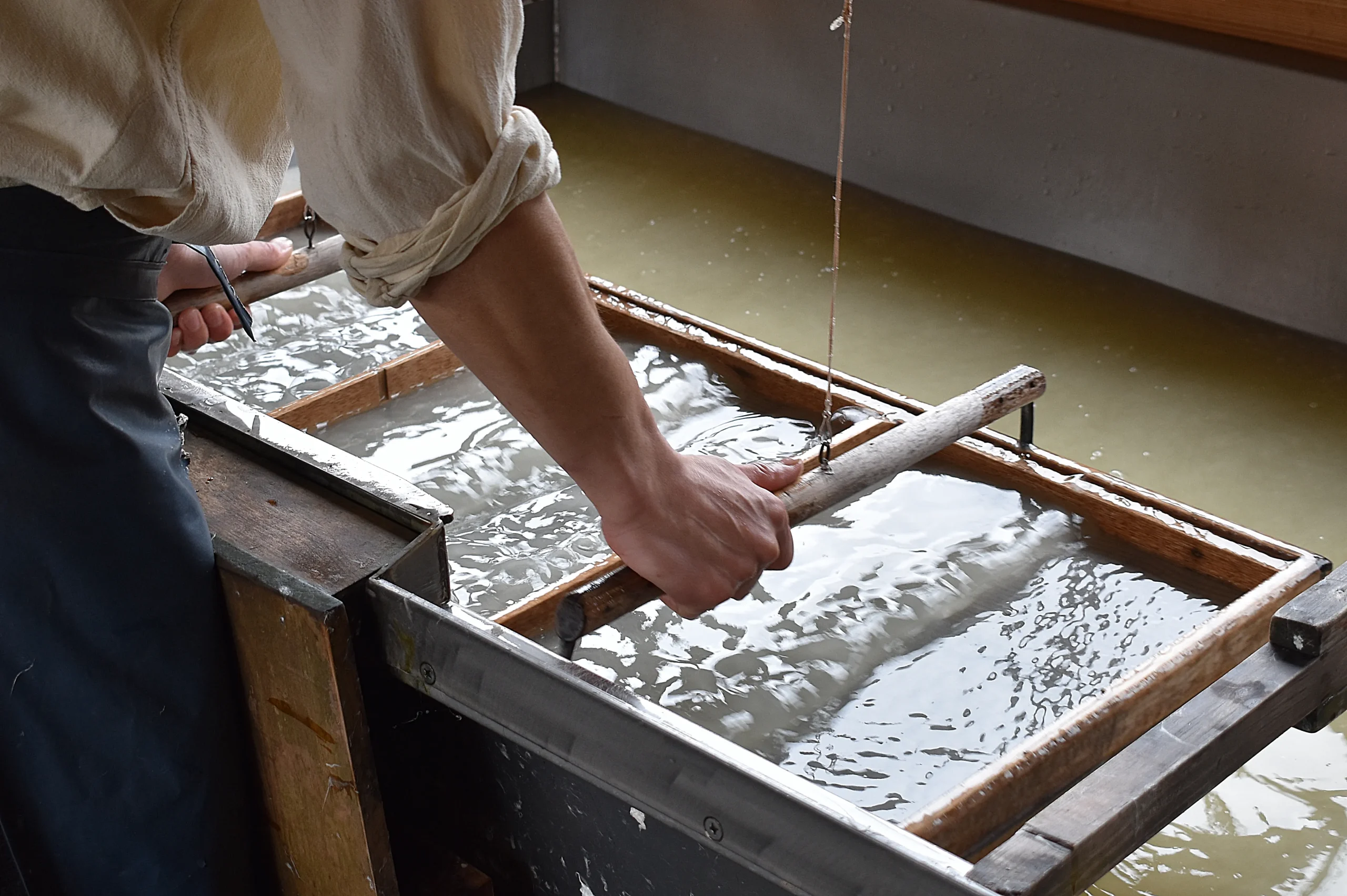
Washi is traditional Japanese paper, crafted using methods that have been passed down for centuries. Known for its strength, flexibility, and remarkable durability, washi has long been valued for everything from calligraphy and artwork to lanterns and interior design.
Made from the inner fibers of native plants such as kōzo (paper mulberry), mitsumata, and gampi, each sheet is carefully produced by hand through a method called Tesuki.
This process involves suspending plant fibers in water and gently scooping them onto a bamboo screen, then repeatedly lifting and shaking the screen to evenly spread the fibers. Once drained and pressed, the sheets are left to dry—often in the open air—resulting in a texture that feels both organic and refined.
Here, we introduce three most famous washi in Japan.
1. Echizen Washi | Fukui Prefecture
Echizen Washi has a history of over 1,500 years. Its fine fibers interlock to create a smooth yet durable texture. Because of its exceptional strength, it was historically used for banknotes and official documents. It continues to be highly valued as a material for luxury washi and artistic works.
2. Mino Washi | Gifu Prefecture
Mino Washi is known for its exceptionally thin and translucent quality. When light passes through it, its beauty is enhanced, making it a popular material for shoji (paper sliding doors) and traditional lighting. In recognition of its cultural significance, Mino Washi was inscribed on UNESCO’s Intangible Cultural Heritage list.
3. Tosa Washi | Kochi Prefecture
Tosa Washi is renowned for its lightweight yet strong composition, offering excellent breathability and absorbency. It is widely used for printing and calligraphy, and it is particularly valued in the fields of woodblock printing and ink painting due to its ability to capture delicate artistic details.
Experience Washi in Japan
You’ll find washi woven into daily life in Japan. Many stationery shops carry beautifully crafted writing paper, envelopes, and small gifts made from washi, making this traditional material accessible and easy to enjoy.
But for those who want to do more than simply purchase washi, certain workshops offer the chance to create your very own sheet of handmade paper. These experiences are available in select locations and provide a meaningful, hands-on introduction to this centuries-old craft.
If you’re interested in diving deeper into the history and artistry of washi, several museums across Japan are dedicated to preserving and showcasing this cultural heritage.
In Fukui, the Paper Culture Museum explores the legacy of Japanese papermaking. Gifu’s Mino Washi Museum highlights the delicate beauty and UNESCO-recognized tradition of Mino paper. And in Kochi, the Ino Paper Museum offers insight into the skills of local artisans and the role of washi in everyday life.
2.Food Culture in Japan
Washoku
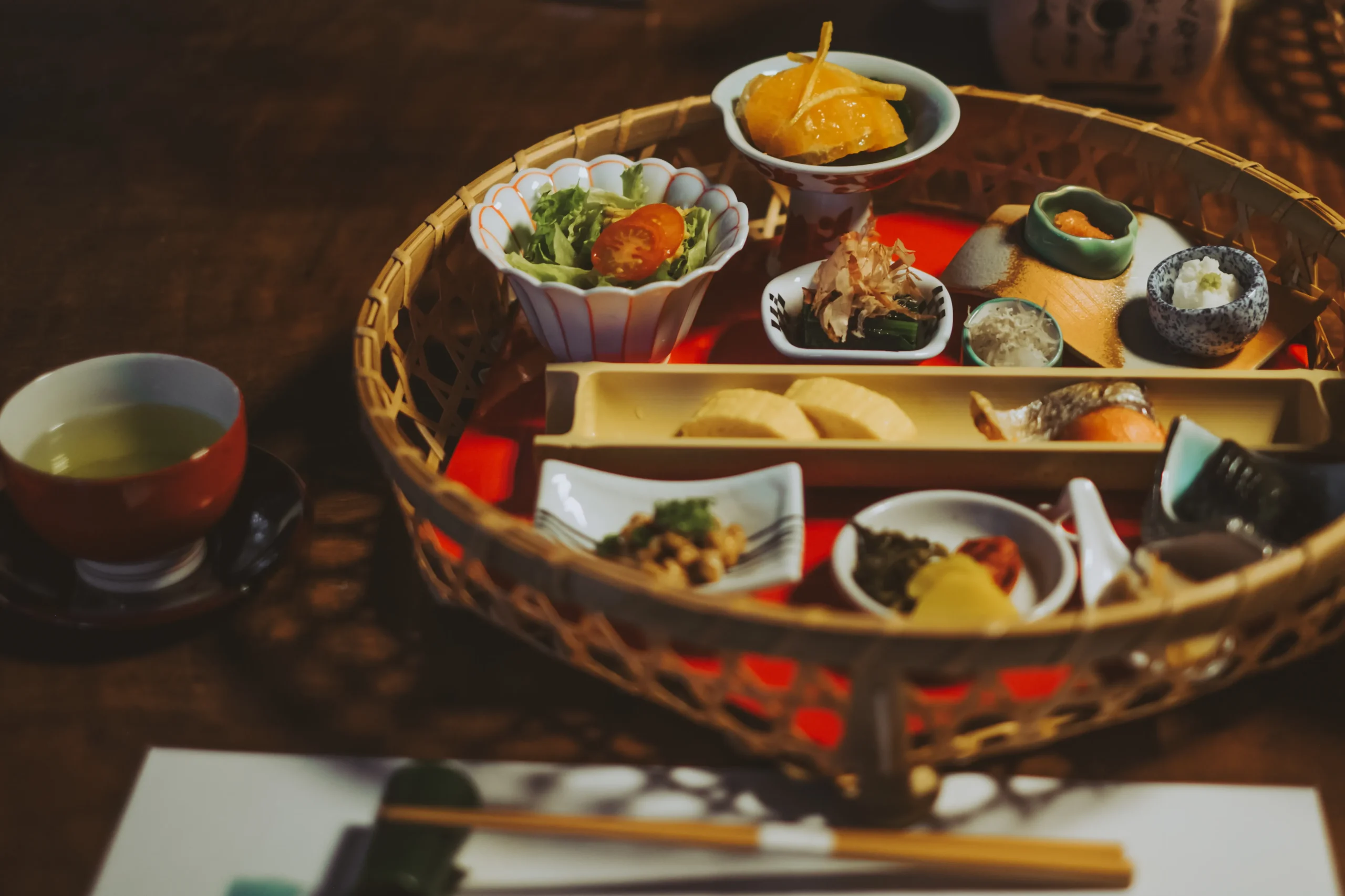
Washoku, traditional Japanese cuisine, is more than a style of cooking—it is a cultural expression rooted in balance, seasonality, and respect for nature.
At its heart lies a simple structure: steamed rice, soup, and a variety of side dishes and pickles. This style, established during the late Heian period (794–1185), emphasizes natural flavors and makes minimal use of animal fats. Instead, it draws out the umami—the deep, savory essence—of each ingredient through precise, delicate techniques.
But washoku is not only about taste. It celebrates the seasons, with menus that shift to highlight what’s freshest—from bamboo shoots in spring to matsutake mushrooms in autumn. Every dish is crafted to reflect the changing rhythms of nature, often presented in ways that mirror landscapes, colors, and even weather.
Many of Japan’s annual celebrations are also expressed through food. New Year’s osechi-ryōri, beautifully arranged in lacquered boxes, or ehōmaki, a special sushi roll eaten during Setsubun, are just a few examples of how washoku helps mark the milestones of the year.
In 2013, UNESCO recognized washoku as an Intangible Cultural Heritage of Humanity. This honor reflects its value not just as a cuisine, but as a living tradition that nurtures both body and spirit. Through seasonal ingredients, harmonious presentation, and an ever-present awareness of time and place, washoku invites us to slow down, observe, and appreciate the fleeting beauty of life.
Experience Washoku in Japan
In Japan, there are many ways to enjoy washoku—from casual meals to exquisite fine dining. Franchised restaurants and family-run diners offer affordable, everyday versions of traditional dishes. At the other end of the spectrum, ryōtei (traditional fine-dining restaurants) and kappō establishments present beautifully balanced courses featuring rice, soup, simmered, fried, and grilled items, often finished with a seasonal hotpot.
For a truly immersive experience, sit at the counter and watch the chef at work. Every slice, stir, and garnish is done with precision, transforming your meal into a live performance of Japanese culinary artistry.
But washoku is not just about eating—it’s also about understanding. Visiting small-scale breweries and workshops that make miso, soy sauce, or kōji (a fermented rice starter) offers insight into the deep craftsmanship behind Japanese fermented foods. You’ll learn how these time-honored ingredients are made and why they remain essential to Japanese cuisine. Since many of these places offer limited English support, joining with a private guide is highly recommended.
For travelers seeking a deeper connection with Japan’s culinary heritage, ENJYU JAPAN offers tailor-made food experiences. With the guidance of local experts, you’ll explore the traditions, flavors, and philosophies that make washoku a true cultural treasure—one that nourishes both body and spirit.
3.Festivals and Traditional Performing Arts in Japan
Matsuri: Japan’s Living Festivals of Gratitude and Celebration
In Japan, Buddhism and Shinto—the country’s two main spiritual traditions—peacefully coexist, and matsuri (festivals) are deeply rooted in both. Each matsuri has its own history and rituals, but they all share a common purpose: to give thanks to the gods and pray for blessings such as good harvests, health, and safety.
Because Japan stretches across a wide range of climates and regions, local matsuri vary widely in style and atmosphere. Whether it’s a quiet, candle-lit procession in the mountains or a massive street parade in the city, each celebration reflects the unique character of its region and season. For visitors, this means there’s always something new and culturally rich to experience—no matter when or where you go.
Here are three of the most iconic matsuri in Japan:
Aomori Nebuta Matsuri
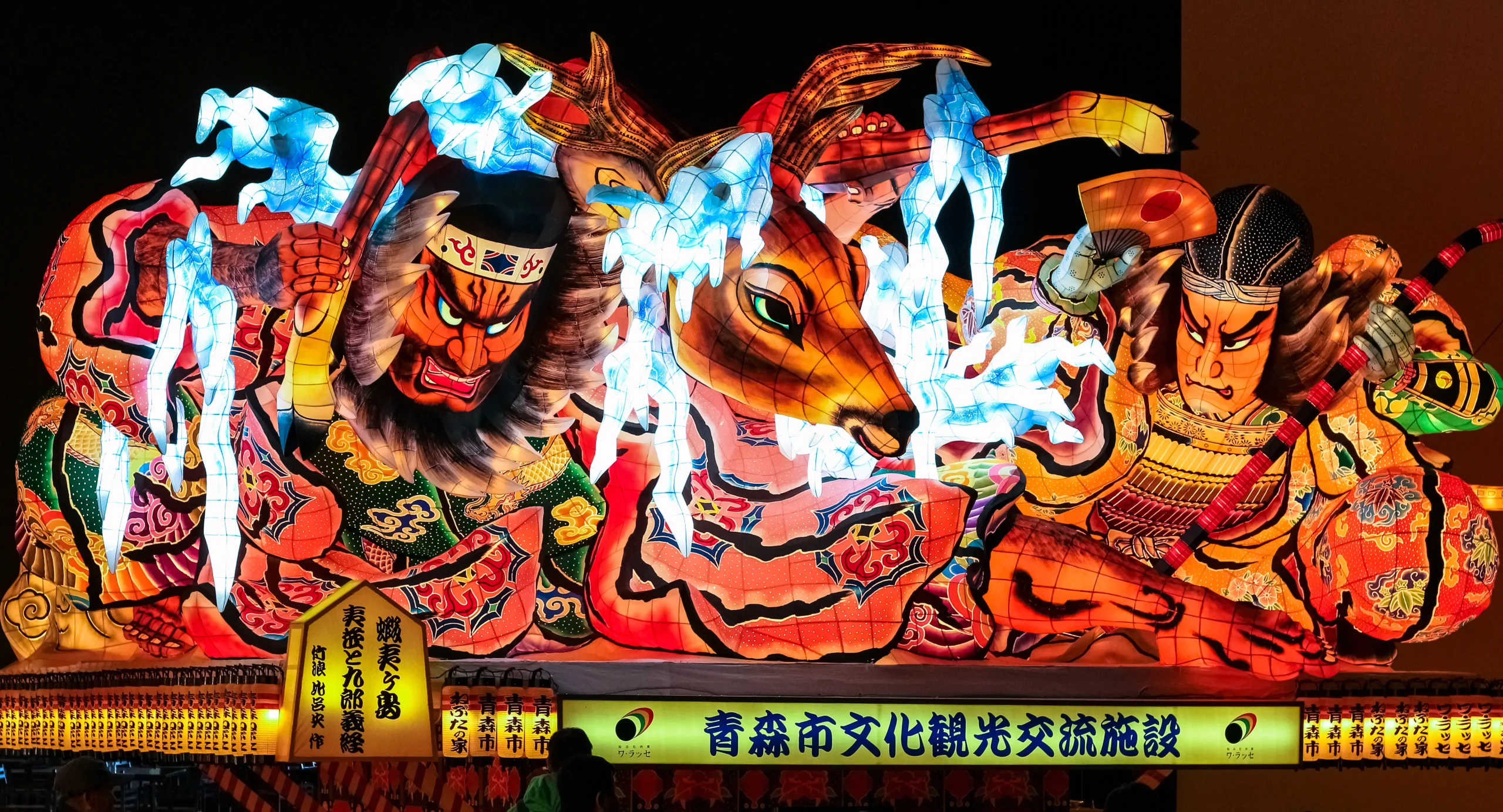
Held in the northern Tohoku region every August, this spectacular summer festival is famous for its towering illuminated floats. Shaped like fierce warriors or mythical creatures, the nebuta glide through the streets at night, accompanied by dancers and traditional music in a bold, high-energy celebration.
Tokushima Awa Odori
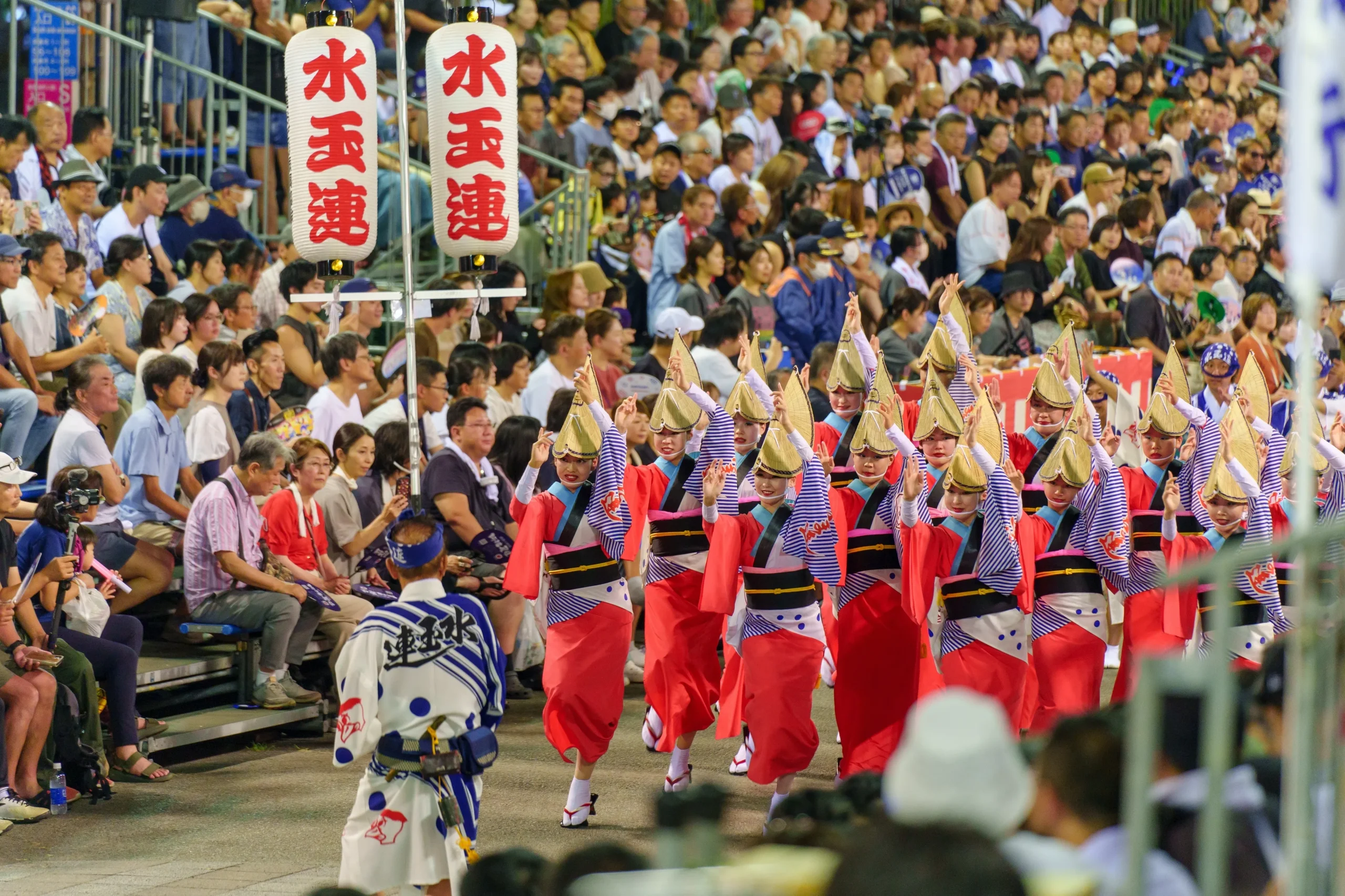
Japan’s largest Bon Odori (Bon festival dance), Awa Odori invites everyone to join in. With over 400 years of history, the festival features groups of dancers performing rhythmic, flowing movements to festive music. The spirit is joyful and welcoming—even first-timers are encouraged to jump in and dance.
Kyoto Gion Matsuri
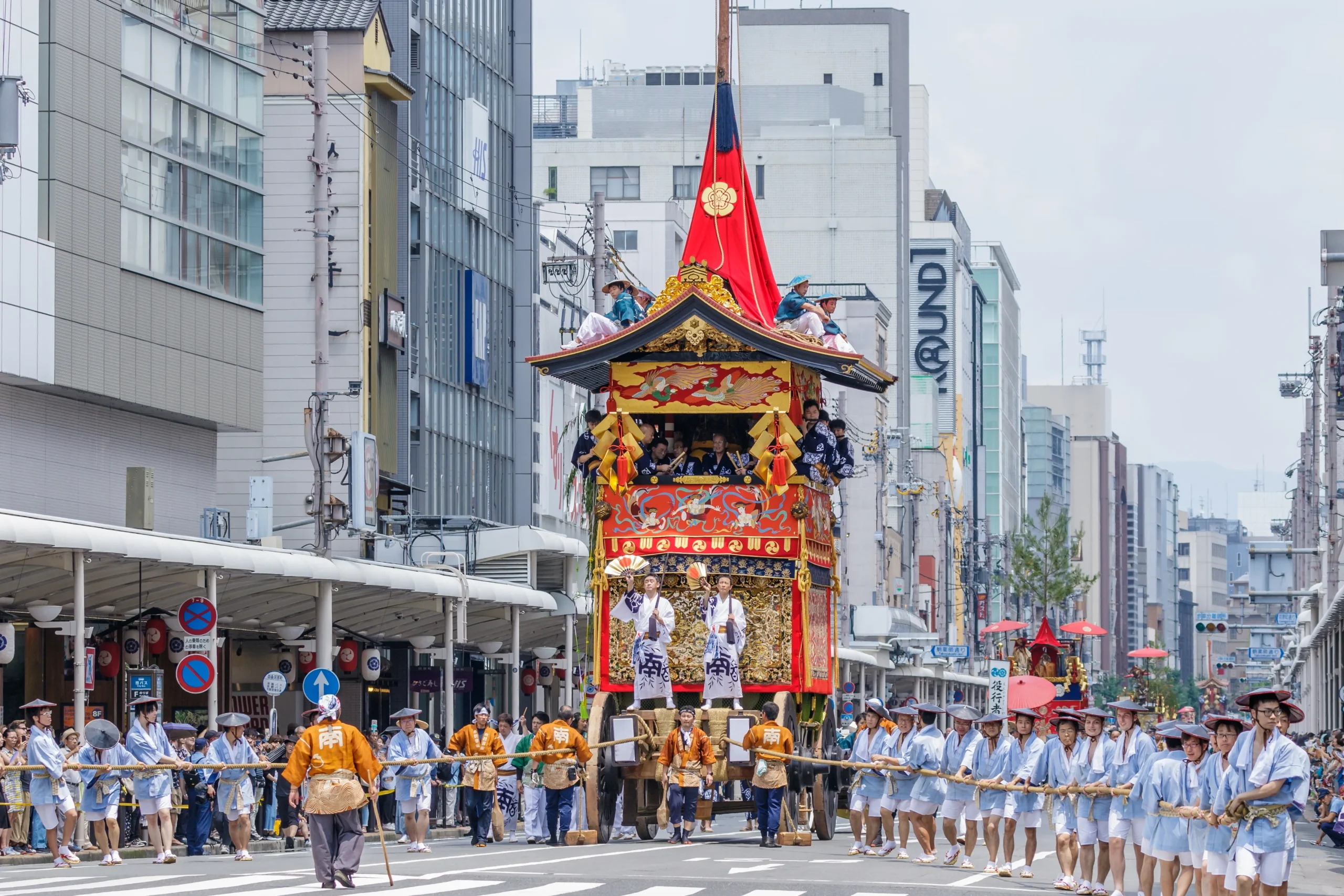
Dating back over a thousand years, Gion Matsuri is one of Japan’s three great festivals. Its highlight is the Yamahoko Junko, a grand procession of intricately decorated floats that make their way through the streets of Kyoto. Originally held to ward off epidemics, today it’s a dazzling showcase of Kyoto’s craftsmanship, tradition, and devotion.
Kabuki & Noh
Kabuki
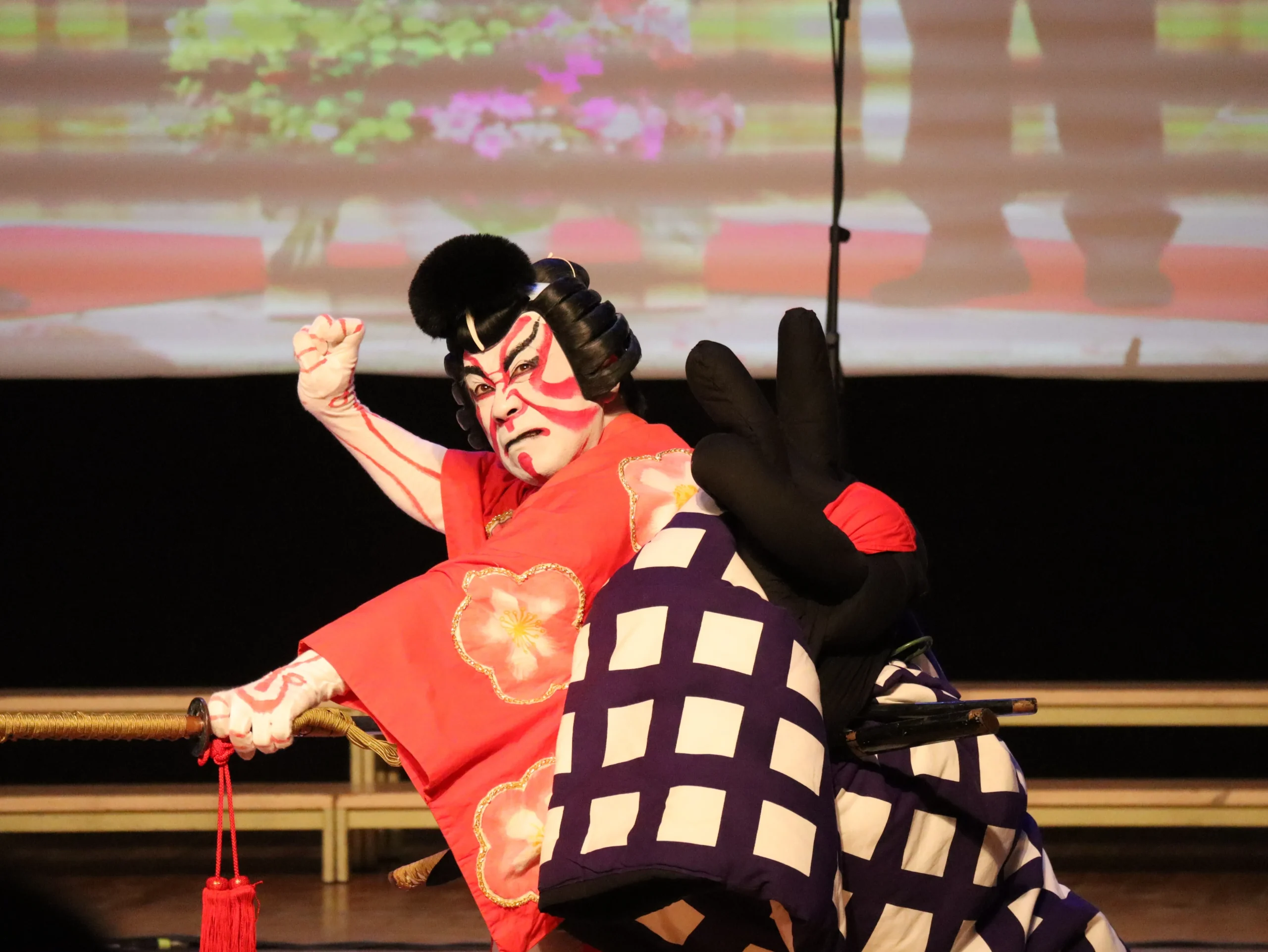
Kabuki is a traditional performing art that combines music, drama, and dance. In the era before television, it was a popular form of entertainment for common people, providing not only performances but also a way to stay informed about societal trends. It remains highly regarded today.
Currently, there are over 300 kabuki plays, categorized into three main types.
The first category is Jidaimono (historical dramas), which depict the lives of samurai, aristocrats, and feudal lords. The second is Sewamono (domestic dramas), which portray the lives, emotions, and struggles of commoners in a realistic manner. The third category is Shosagoto (dance dramas), consisting mainly of elegant dances and musical performances.
A distinctive feature of kabuki is kumadori (bold stage makeup), a specialized makeup technique where different colors symbolize various character traits. This unique visual style helps even first-time viewers understand the story and character roles more easily. Red represents justice and courage, typically used for heroic roles. Blue or black signifies cruelty and villainy, highlighting antagonistic characters. Brown is used for supernatural beings or non-human creatures.
With its opulent costumes, dramatic performances, and elaborate stage effects, kabuki provides a rich and immersive experience of Japan’s traditional arts.
Experience Kabuki in Japan
For those interested in seeing a live performance during their visit, Tokyo, Osaka, and Kyoto are the best cities to explore.
In Tokyo, performances are held regularly almost every month—at the famous Kabukiza Theatre in Ginza and the Shinbashi Enbujō Theatre. In Osaka, the Osaka Shochikuza Theatre hosts seasonal shows, while Kyoto’s Minamiza Theatre, one of the oldest kabuki theaters in Japan, offers special performances throughout the year.For the latest schedules, ticket availability, and program details, please check the Kabuki Official Website by Shochiku.
Noh
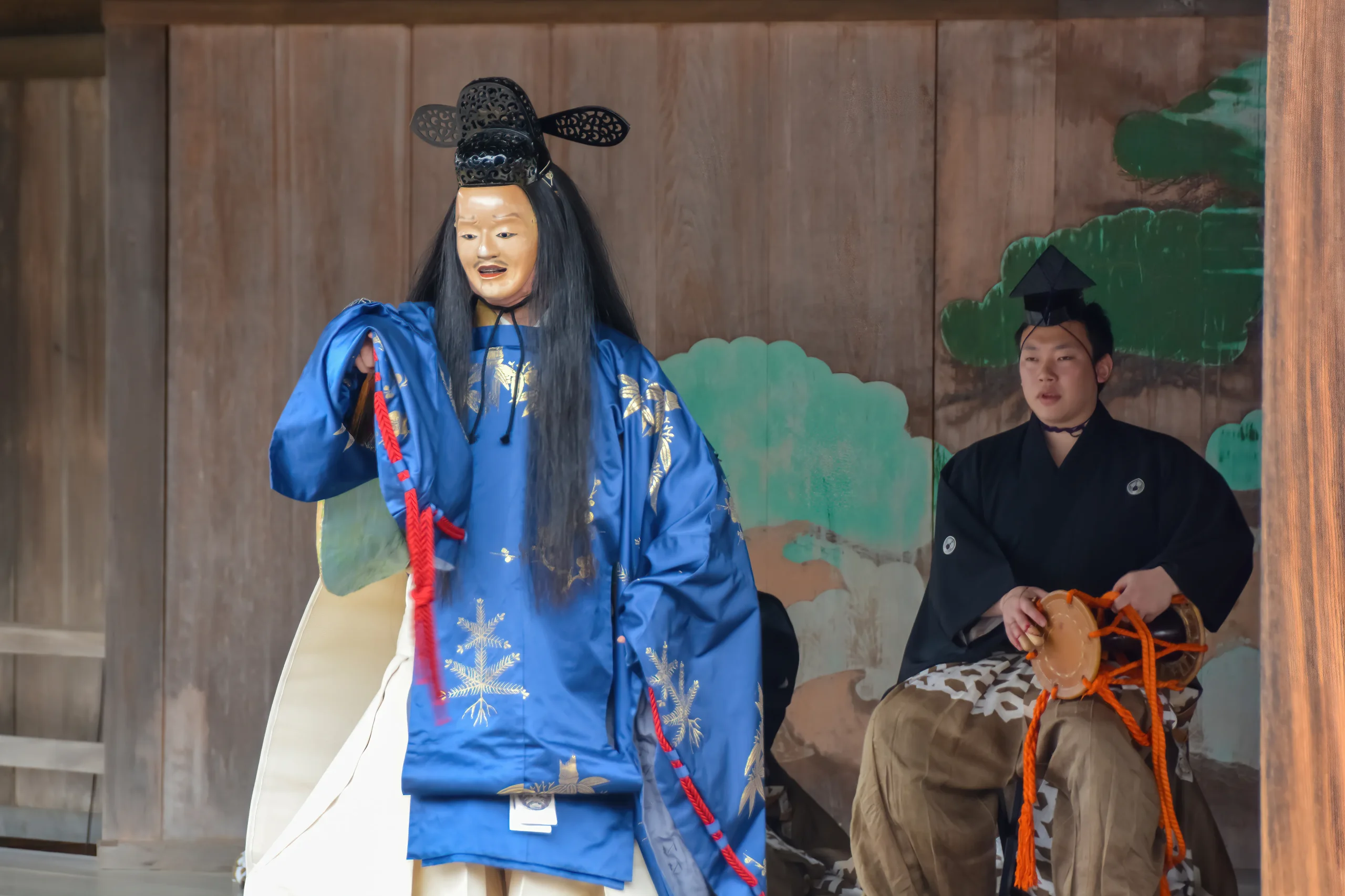
Noh is another form of traditional Japanese theater, performed with masks and elaborate costumes. Many noh plays are based on myths, legends, and historical events, depicting profound spiritual and emotional themes through subtle and controlled movements.
One of the defining characteristics of noh is the use of nōmen (Noh masks), of which there are approximately 250 types. Different masks are selected based on the character’s role and emotions, carefully chosen to reflect the background of each story and the inner feelings of the characters. Examples include Koomote (a mask representing young women), Hannya (a mask symbolizing jealousy and rage), and Okina (a mask depicting deities or spirits).
Through its quiet and refined performance style, noh offers a deeply immersive and meditative theatrical experience, allowing audiences to appreciate its layered storytelling and profound aesthetic.
Experience Noh in Japan
While noh is less frequently performed than kabuki, there are still excellent opportunities to experience this refined art form during your travels in Japan.
In Tokyo, the National Noh Theatre (Kokuritsu Nōgakudō) regularly hosts performances and offers English-language programs on select dates. In Kyoto, the Kanze Kaikan (Kanze Noh Theater) provides an authentic setting for viewing traditional noh plays in one of Japan’s cultural capitals.
If you’re visiting Kanazawa, the Kanazawa Noh Museum is a wonderful place to deepen your understanding of noh masks, costumes, and stage design—even if no live performance is available during your stay. For updated schedules, performance details, and ticket information, be sure to check the official websites of each venue in advance.
4.Architecture
Japan’s traditional architecture is known for its harmony with nature and high functionality.
Shrines
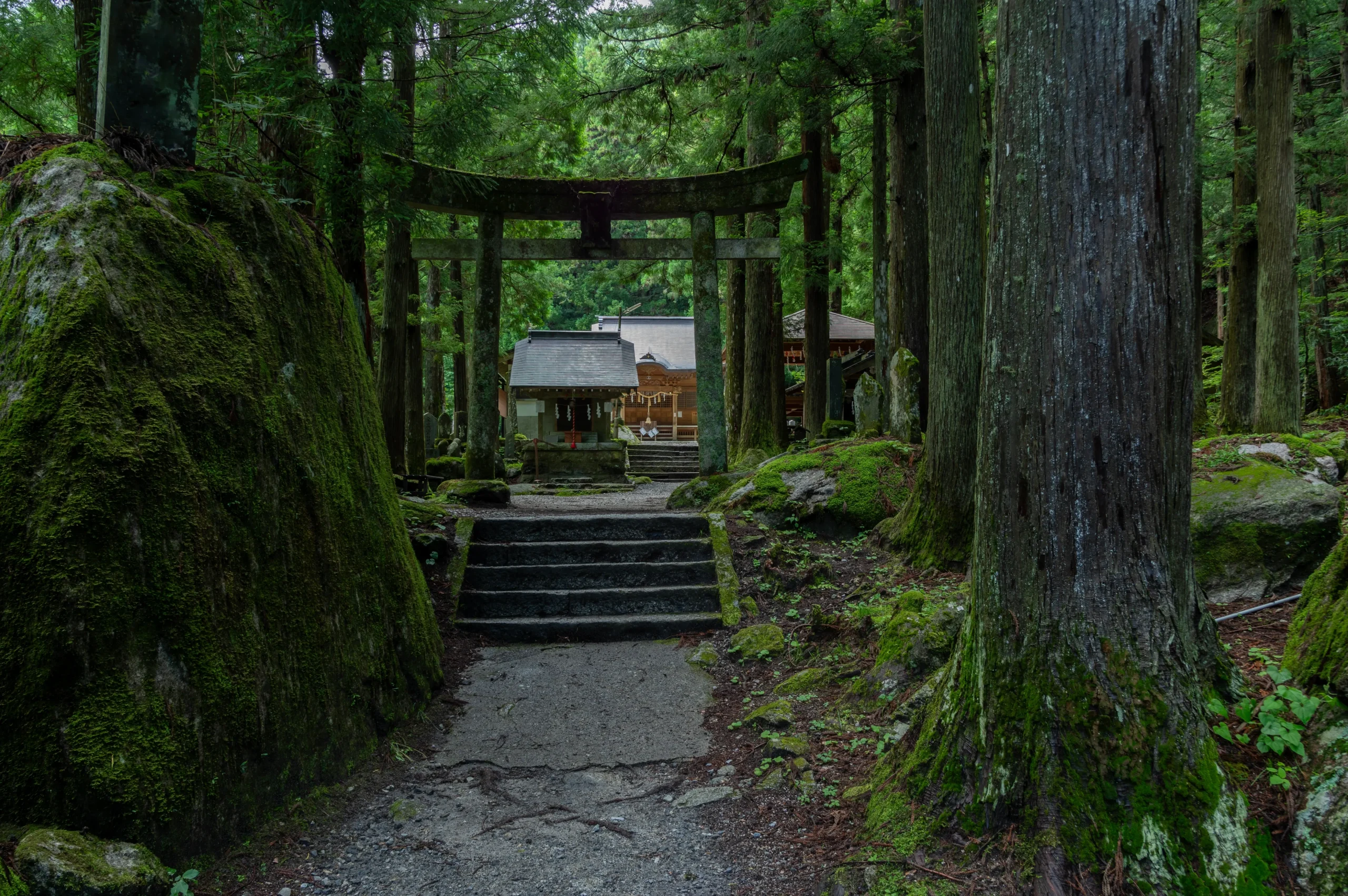
Shinto shrines are sacred spaces where deities of nature, ancestors, and daily life are worshipped. Many are constructed from wood and designed to blend seamlessly with their natural surroundings. A notable feature is kigumi (wooden joinery), a technique that interlocks wooden components without using nails, making it a distinct and defining characteristic of traditional shrine architecture. Famous shrines include Ise Jingu (Mie Prefecture), Izumo Taisha (Shimane Prefecture), and Ishigami Jinja (Nara Prefecture).
Castles
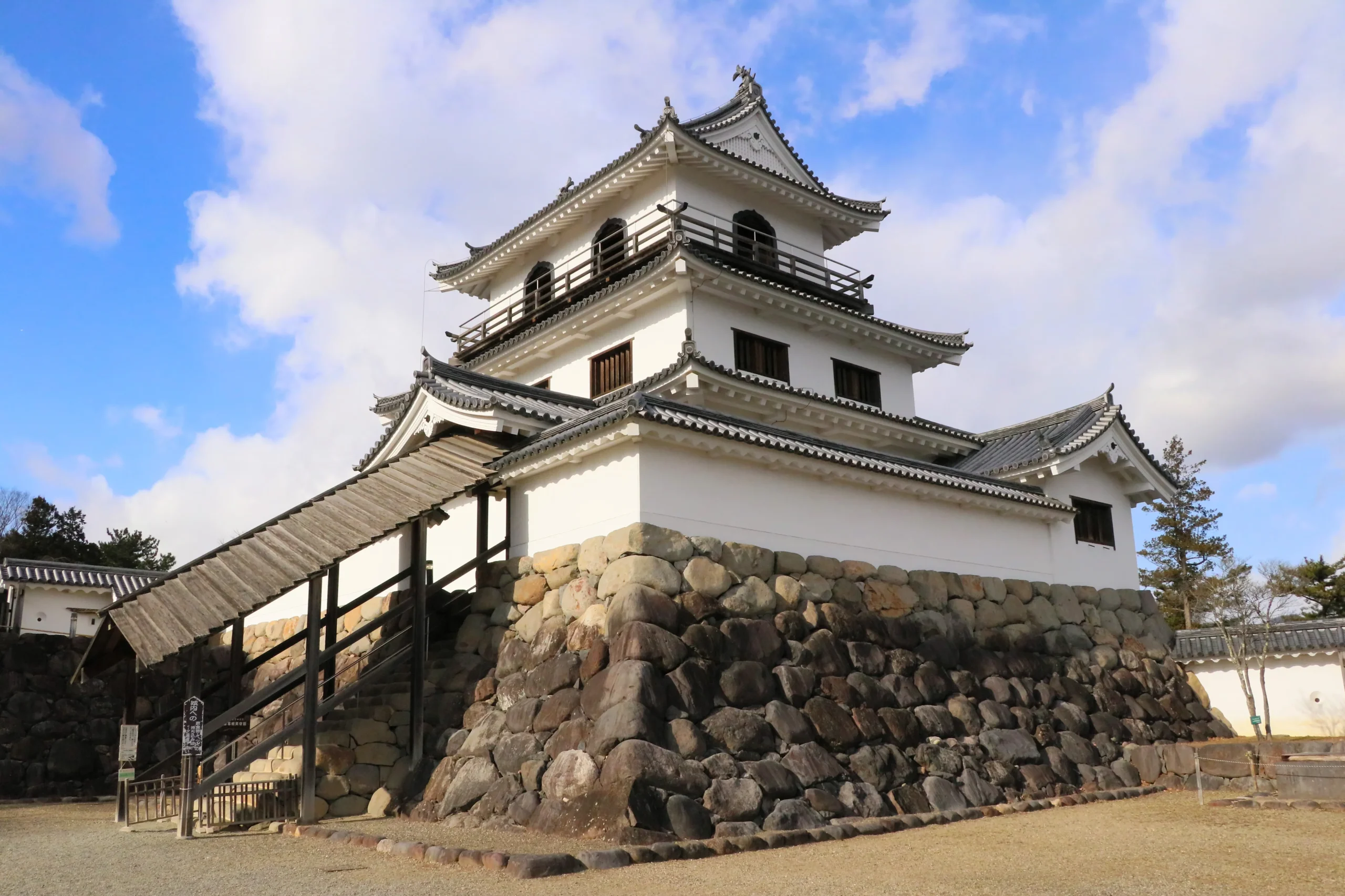
Once military fortifications, Japanese castles were strategically built using natural landscapes for defense while showcasing stunning architectural beauty. Though Japan once had over 25,000 castles, only 12 original towers remain today, including Himeji Castle (Hyogo Prefecture) and Matsumoto Castle (Nagano Prefecture).
Japanese Gardens
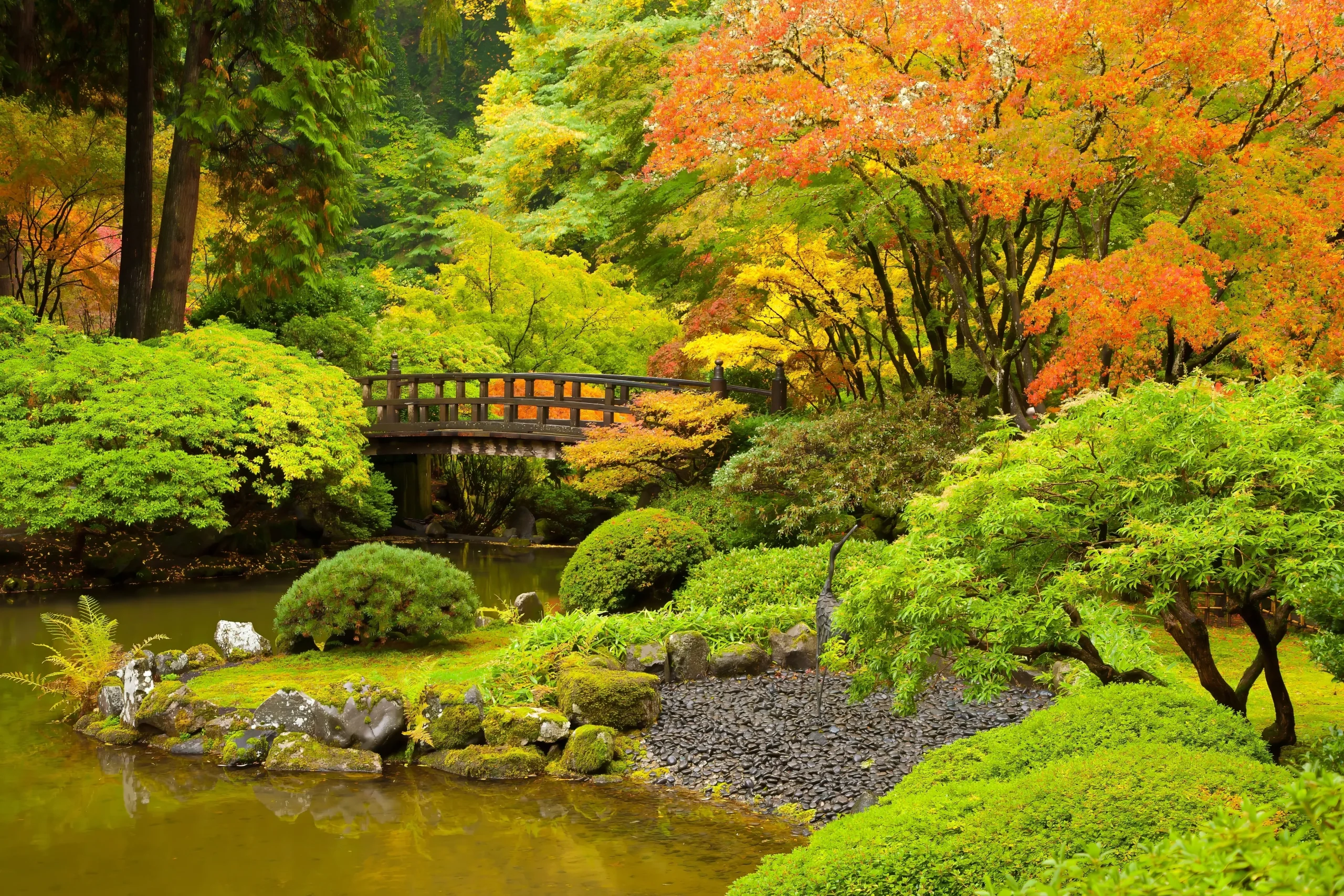
Japanese gardens are designed to create harmony between architecture and nature, using stones, plants, flowing water, flowers, and moss to depict landscapes. They offer an opportunity to experience the changing seasons and provide a tranquil setting that soothes the hearts of visitors. Among Japan’s most renowned gardens are Kenrokuen in Ishikawa Prefecture, Korakuen in Okayama Prefecture, and Kairakuen in Ibaraki Prefecture, known collectively as Nihon Sanmeien (Japan’s Three Great Gardens).
Read More: Japanese Garden Features: The Beauty of Water Bamboo
5.Budō (Japanese Martial Arts)
Japanese budō (martial arts) is not merely about physical training—it also serves as a path to mental and spiritual growth. Each martial art has its own unique techniques and philosophies, reflecting deep-rooted values of discipline and respect.
Sumo
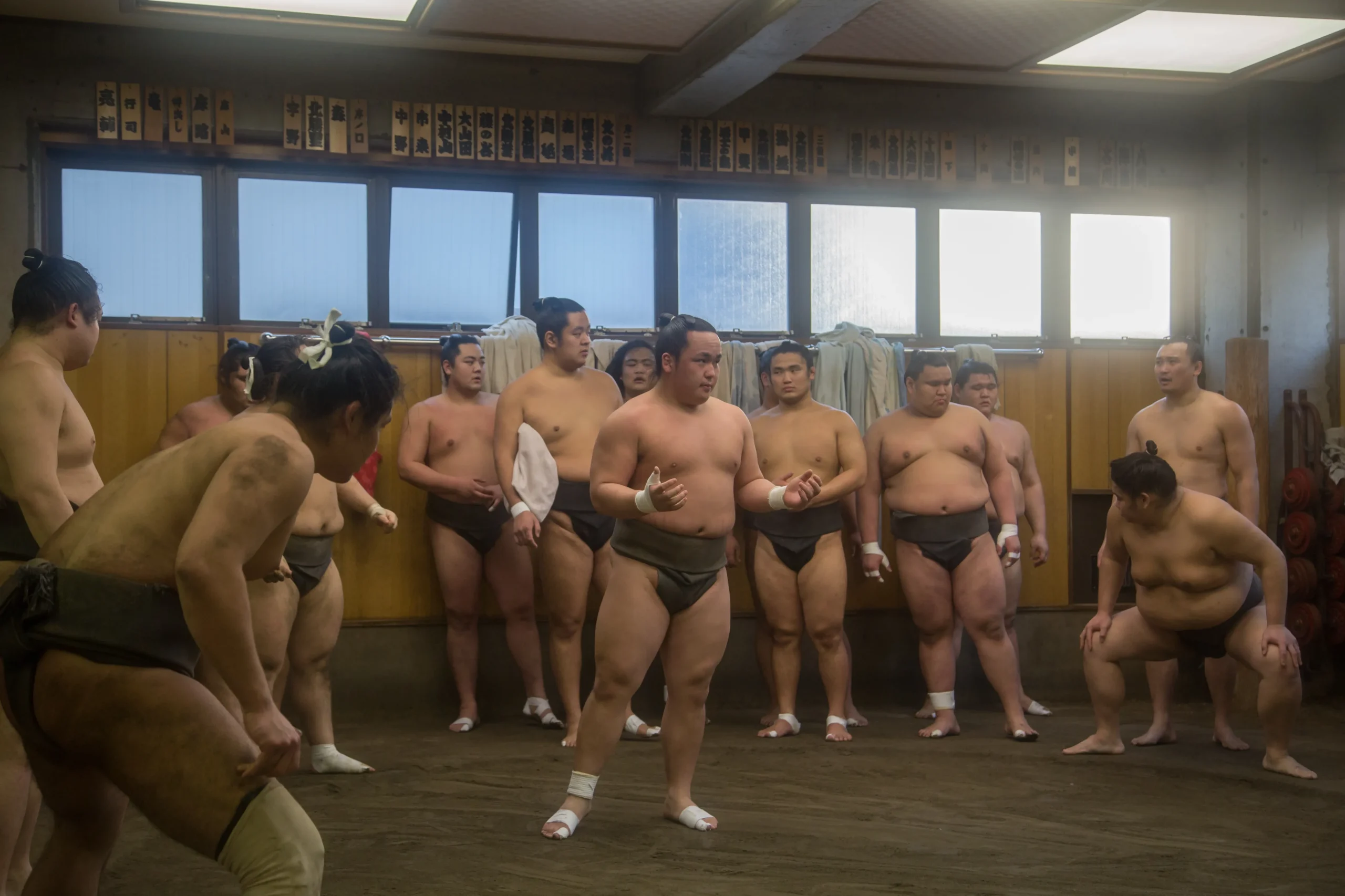
Sumo is Japan’s national sport and the oldest martial art, characterized by its powerful clashes between wrestlers. The objective is to push the opponent out of the ring or make them touch the ground, with matches often being decided in mere seconds, adding to the sport’s intense appeal.
Read More: Sumo Season in 2026 and Guide to Watch in Japan
Judo
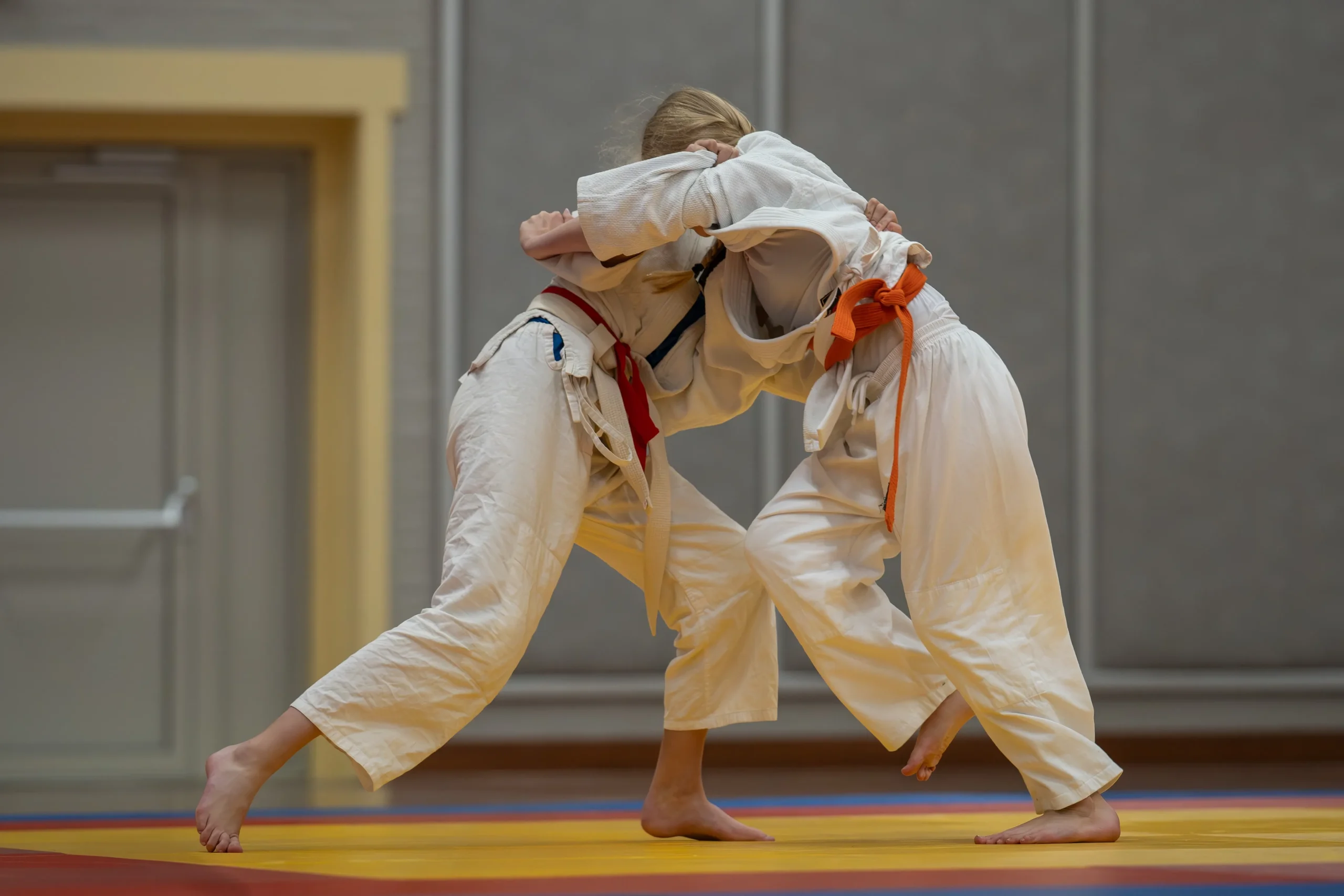
Judo is a martial art that focuses on using an opponent’s strength against them, employing techniques such as throws and pins. Strategy and timing are crucial, and the explosive movements of judo captivate spectators. Moreover, judo emphasizes rei (respect), encouraging practitioners to show courtesy to their opponents and instructors, fostering both physical and mental discipline.
Karate
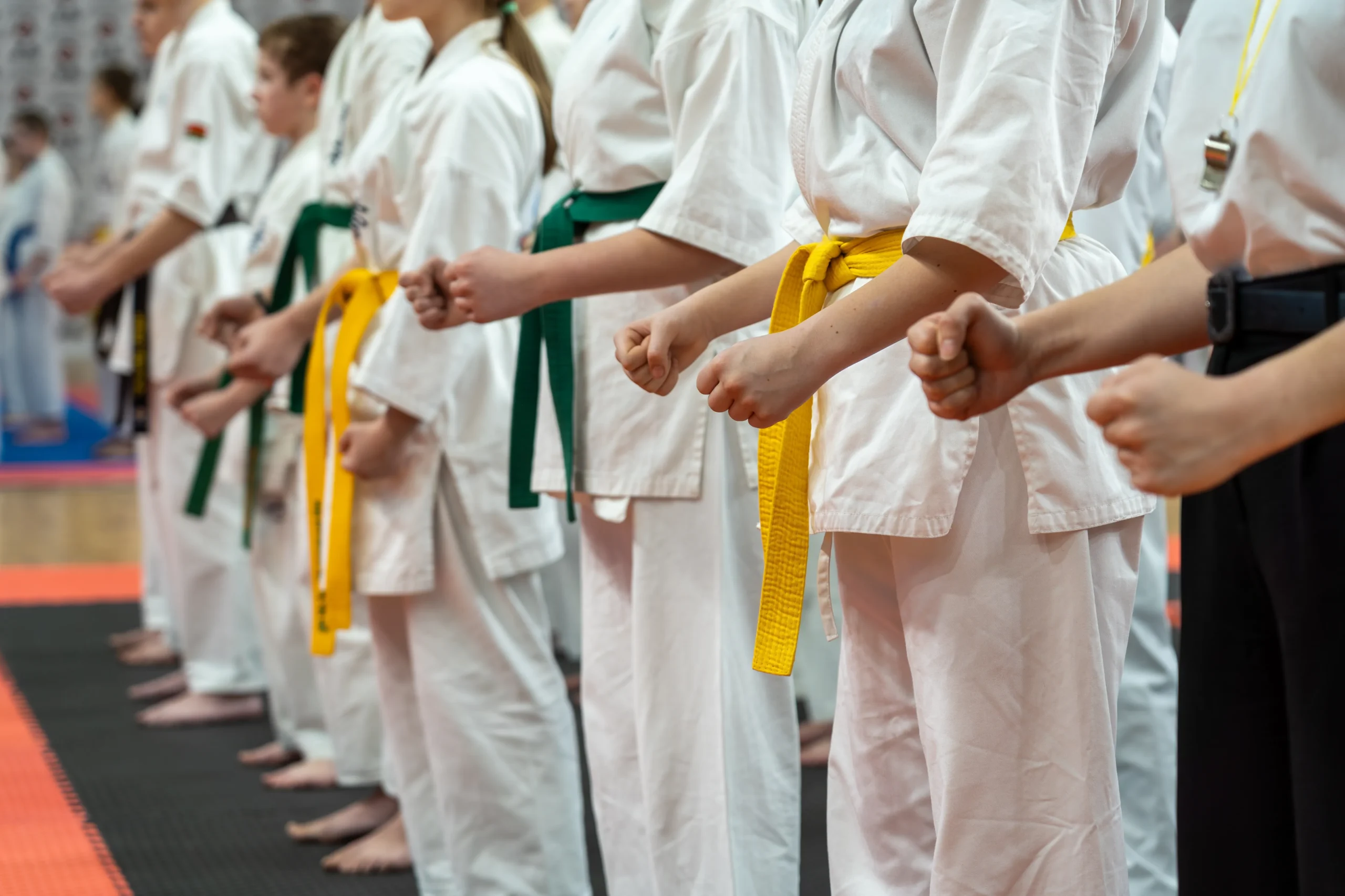
Karate is known for its swift, precise movements and striking power. The beauty of kata (choreographed forms) and the sharp intensity of ikken hissatsu (one-strike knockout) techniques are central elements. Matches are filled with tension, where even the smallest opportunity can determine the outcome. Beyond the excitement of competition and the beauty of technique, exploring the underlying spiritual culture of budō offers a deeper appreciation of its true essence.
Summary
Were there any traditional Japanese cultural experiences in this article that caught your interest?
ENJYU JAPAN offers exclusive programs for those eager to experience Japan’s unique traditions firsthand. If you’re interested in other cultural activities beyond those mentioned, we’d love to hear from you! Let us help you discover a special experience tailored to your interests.
Our tour experts will create the perfect plan to suit your preferences, so feel free to reach out to us anytime here.
